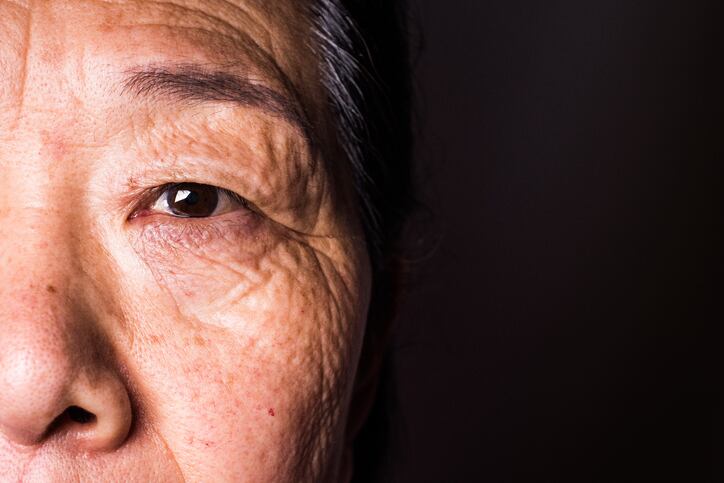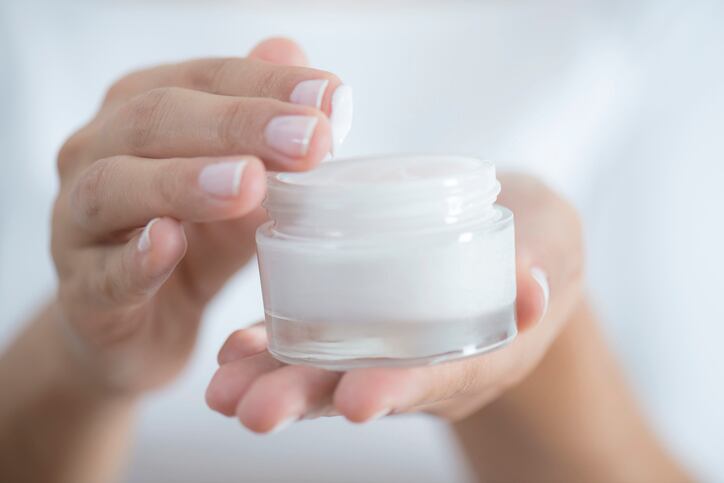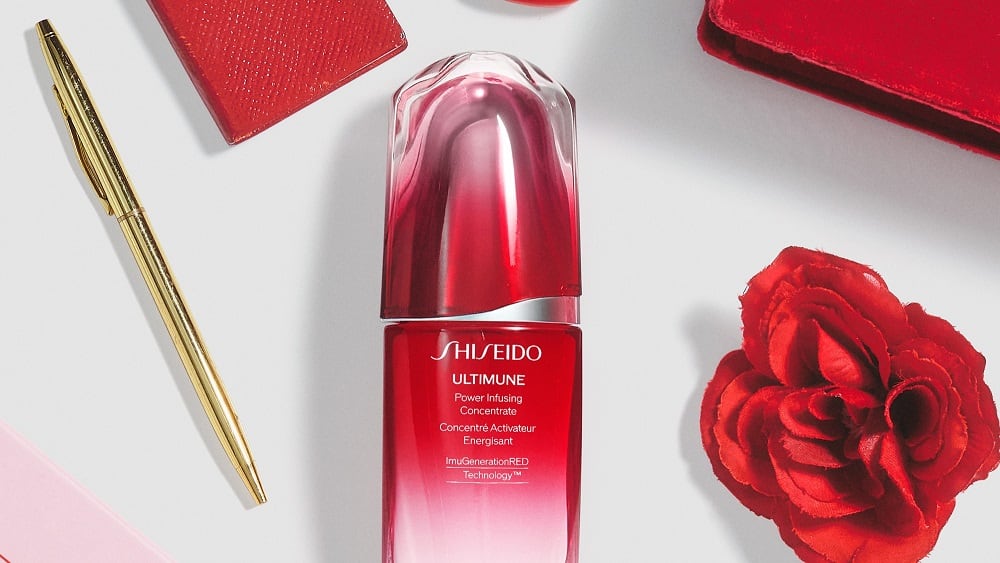These findings, according to the beauty major, carved out significant opportunities for skin care manufacturers in the development of formulas targeting signs of ageing on the face.
Ring collagen ‘critical for human beauty’
Presenting a keynote at the IFSCC Congress 2022 in London, UK, last week, Shiseido fellow Dr Tomonobu Ezure discussed recent in-house research around facial morphology and how it related to skin ageing.
Ezure said Shiseido’s most recent work, also detailed in his poster paper at the Congress, had identified and defined a ‘tensional network ring-collagen’ as a critical part of how and why facial skin showed signs of ageing.
Ring collagen, he explained, was the “wrapping system of the face” or a “skin tension organiser” that physically adapted bare skin to the environment to maintain facial morphology – beyond the work of ligaments and muscles – to enable facial expressions, communication, and beauty expressiveness. It was, therefore, “critical for human beauty”, he said.
Made up of collagen fibres, fine hairs and proteoglycans, this network of ring collagen had been mapped out digitally using a plethora of advanced research tools, such as 4D visual tech, Artificial Intelligence (AI) deep-learning systems and reconstructed 3D skin models. And this, Ezure said, had enabled Shiseido to show the “tensional dynamics” of facial skin and compare it with structural dynamics, enabling a visualisation of these skin mechanisms for the first time.
Findings had shown, for example, that facial skin tension was “not uniform”, instead having “high tension areas” that formed “ring shapes” thanks to centre-directed tension, many of which were deep in the dermis.
“When skin tension is reconstructed, the collagen fibres are stretched and pulled against each other. This suggests that stretched ring collagen fibres form contraction force, pulling against each other, creating tension – centre-directed tension. The sum of the ring collagen creates a tensional network; skin tension,” he said.
Ring collagen and ageing
But the big question, Ezure said, was whether ring collagen related to facial ageing. Findings would suggest that, yes, it was, he said.
“We found high tension areas are lost in aged skin. Ring collagen is also decreased with ageing. Further, ring collagen fibres become sparce and the proteoglycan layer is decreased in aged skin.”
And so, Shiseido set out to find a “ring collagen inducer”, he said.
Ezure said further research had identified that Wnt-16 protein was highly expressed in fine hair cells of the skin and induced proteoglycan production, thus could be considered an inducer of ring collagen. Critically, he said this showed that fine hair was not a problem but instead “a key to anti-ageing skin care”.
Shiseido then worked on how it could induce Wnt-16 expression to reconstruct ring collagen in aged facial skin. And research conducted on organ cultured skin, and confirmed in human trials, had shown that “extending facial skin” once a day to “impose a young skin physical environment” onto aged faces induced Wnt-16 expression and proteoglycan production, in turn, increasing the size of the ring collagen network and rejuvenating the face.
“These [findings] show that ring collagen provides a new frontier of skin care,” he said. “We believe our technology on ‘skin mechanics reality’ and the discovery of ring collagen provide multiple breakthroughs and open up a new world of skin care.”




